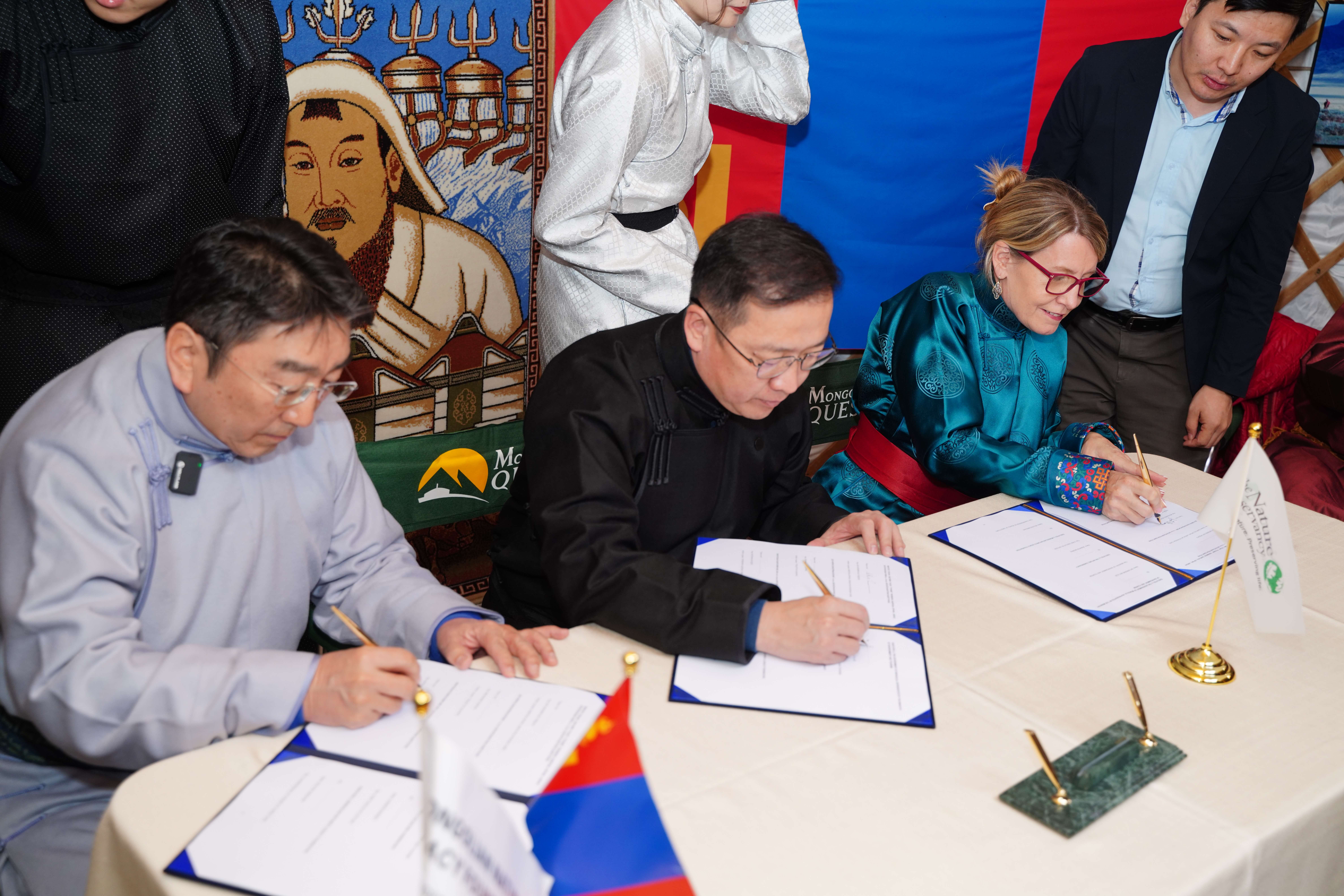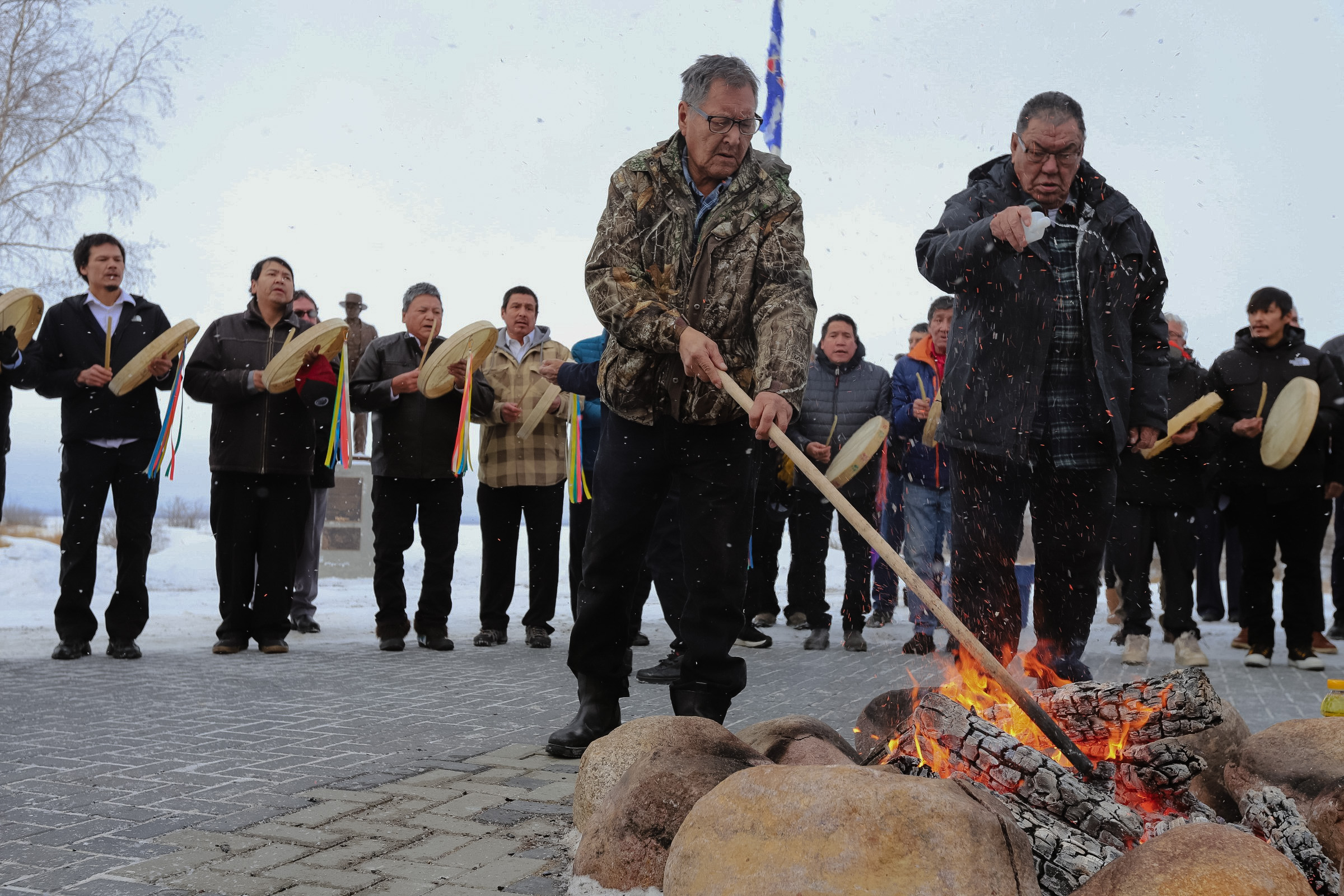What is a Project Finance for Permanence Agreement?
9 Key Components for Lasting Conservation and Sustainable Communities
By Paulina Arroyo, Director of Enduring Earth’s Global Portfolio
A Project Finance for Permanence (PFP) is an innovative sustainable finance mechanism that brings together stewards of a place to co-create a comprehensive agreement that secures long-term funding to achieve tangible, measurable goals for social and environmental benefits.
When a PFP agreement is “closed” or “signed” it signifies that all parties have carefully designed, negotiated, and agreed to the contents of nine essential components to ensure the initiative’s success. A single closing agreement is one of a PFP’s unique aspects because it brings together all the parties to support a common vision, ambition, and funding model. This approach allows partners to leverage public and private funding sources that would usually not be aligned under a common framework.
These nine components are at the core of PFP agreements, to ensure effective conservation and community prosperity, that can withstand changing conditions over time. While each PFP agreement is unique to the geography, local leadership and partners, ecology, biodiversity, threats and opportunities, the components remain consistent. Governments and organizations that determine that a PFP is the right approach for their needs, can use these components as guideposts to achieve the second “P” in a PFP – ‘Permanence’. This way each PFP strives to ensure the right enabling conditions, institutionality, capacity, and funding tied to conservation outcomes and human well-being benefits.


April 2024: The Government of Mongolia, local herding communities, The Nature Conservancy, and several others launched the ‘Eternal Mongolia PFP’ – a bold sustainable finance initiative that invests in lasting conservation and community economic development.
“Our cultures and our prosperity are rooted in the land. This initiative will support Délı̨nę Got’ı̨nę Government to honour our stewardship responsibilities to the lands and waters that have sustained us since time immemorial. Our leadership will ensure a balance to conservation with a range of economic opportunities. And it will help our community to honour the vision of our Elders to protect Sahtú K’aowe (Great Bear Lake watershed), a sacred source of clean water for today and for the future”
–Ɂek’wahtı̨dǝ́ Danny Gaudet, Délįnę Got’įnę Government, shared during the signing of the Northwest Territories: Our Land for the Future PFP, November 2024
The 9 essential components of a PFP
1. Conservation and Community Development Plan: The plan sets the groundwork by which the PFP is designed. It is co-developed with governments, Indigenous Peoples, local communities, and partners to define the geographic scope, ecological priorities (marine, terrestrial, freshwater), conservation and human well-being outcomes -incorporating local knowledge. It has a clear theory of change and a detailed monitoring, evaluation, and learning framework with related indicators, activities, timeline, and budget.
2. Financial Model: The financial model details the full projected costs required to achieve the goals set out in the conservation and community development plan. It identifies diverse funding sources to fully cover the costs during and beyond the minimum 10-year implementation period to fully fund the activities over the long-term. Sustainable long-term financing mechanisms are emphasized to ensure project durability.
3. Financial Reporting and Performance Monitoring: Active financial and performance monitoring ensures accountability by tracking progress against the conservation plan and financial model. Reports measure the fulfillment of disbursement conditions tied to the final agreement and the achievement of conservation goals. This ongoing process helps ensure transparency and effectiveness in resource utilization.
4. Closing Funding: All funding commitments from private and public donors are fulfilled, as outlined in the financial model. Contributions are managed through a Conservation Trust Fund to ensure financial accountability and resource mobilization. This step ensures that the project is fully financed and ready for implementation and creates conditions to leverage significant in-country funding.
5. Sustainable Funding: The government commits financial support to the conservation and community development goals over the project’s implementation period. The plan defines long-term funding sources from within the country and identifies necessary policy or market actions to sustain financing after transition funds -mostly based on donor funds- have been fully spent. This ensures that the project remains viable over the long-term (a crucial element to see permanence for the conservation and human-well-being goals).
6. Government Commitment: The government formalizes its policy and funding commitments publicly to ensure continuity across administrations. Any necessary laws, regulations, or policies for the PFP’s implementation and sustainability are enacted. This step strengthens resilience and embeds project priorities within governance systems to withstand changes in future changes in authorities and government staff.
7. Governance and Conservation Trust Fund: Governance structures and institutional arrangements are established for effective oversight and administration of the PFP. Policies and transparent systems ensure the independent and efficient management of funds. This framework supports accountability and successful implementation of the project. Most of the PFP oversight and administrative functions are implemented by a Conservation Trust Fund – an independent, legal entity not controlled by any third party.
8. Disbursement Conditions: Timebound disbursement conditions are agreed upon for the release of funds from all sources, including government allocations, private donors, and sustainable finance mechanisms. Clear deadlines ensure accountability and alignment with project milestones. These conditions may also link to other requirements that are part of the closing agreement. These conditions also become essential to protect donor funds during the long PFP implementation period (e.g., beyond 10 years).
9. Safeguards: Environmental and social safeguards are implemented to identify, prevent, minimize or mitigate potential risks, ensuring better conservation outcomes and community well-being. The process prioritizes inclusivity, transparency, and Free, Prior, and Informed Consent (FPIC) from Indigenous Peoples and local communities. Safeguards also enhance accountability and strengthen stakeholder trust.


From left to right: Signing the Northwest Territories: Our Land for the Future PFP; Fire circle during the closing ceremony. Photos (c) Cody Steven Mantla


During a sustainable finance event at the COP16 UN Biodiversity Conference, Rigoberto Torres, a representative of the Arhuaco people from the Sierra Nevada de Santa Marta, Colombia, reflects on implementation of the Herencia Colombia PFP.
Each PFP agreement is a unique collaboration, yet these shared components form the foundation for transformative and lasting change. By integrating financial sustainability with conservation and community goals, PFPs offer a replicable model for addressing global environmental challenges, especially biodiversity loss.
Prior to the launch of Enduring Earth, the founding partners had worked with five countries to conserve 87 million hectares of lands, ocean, and freshwater using the PFP model. And in just two years we have doubled our reach, helping to facilitate the agreement of four new PFPs (Herencia Colombia, Eternal Mongolia, Great Bear Sea, and NWT: Our Land for the Future) supporting efforts to secure 127 million hectares in durable funding for long-term conservation and community development.
Today, Enduring Earth is working with more than 100 partners on the design and implementation of 14 PFP projects in 12 countries. These initiatives will support governments, Indigenous peoples, and local communities to durably protect and conserve more than 390 million hectares of ocean, lands, and freshwater – an area greater than the size of India. In these places, the PFPs have become a driving force of positive change benefiting nature and human well-being.
